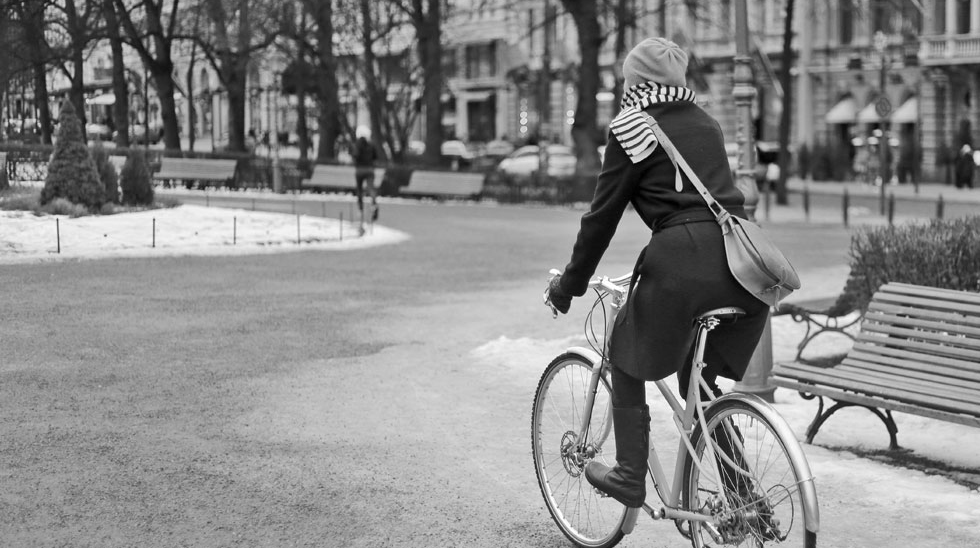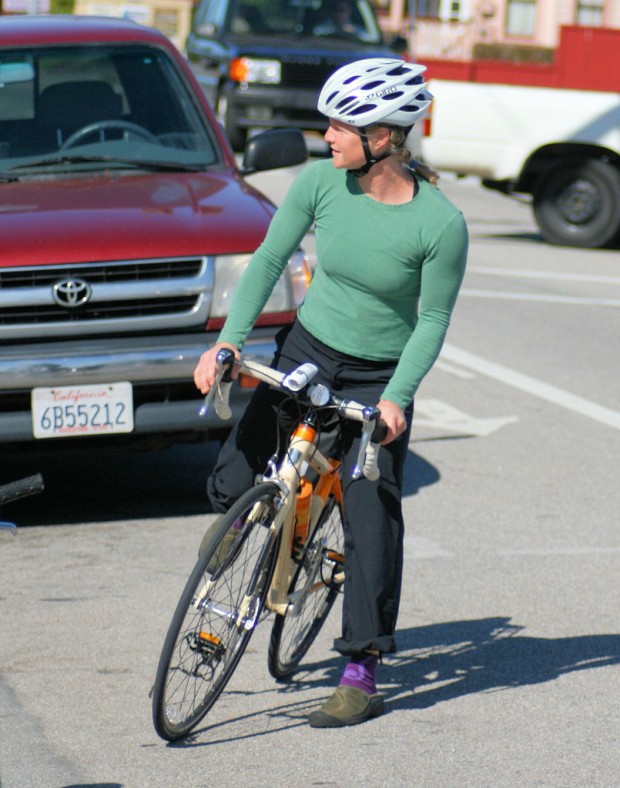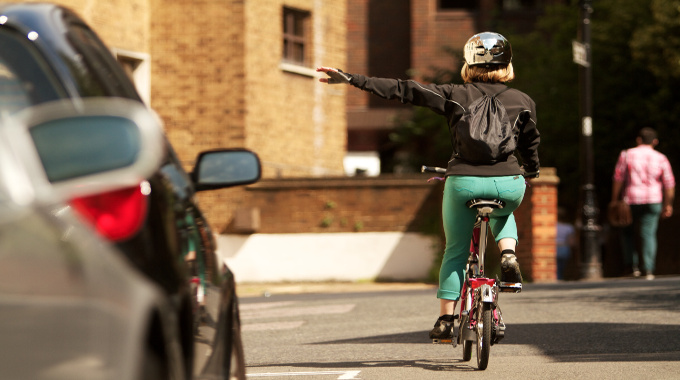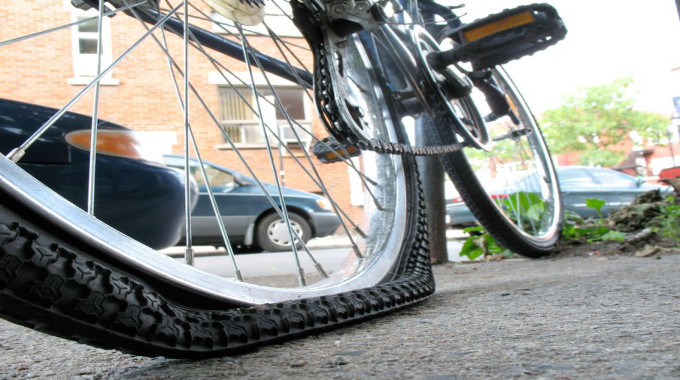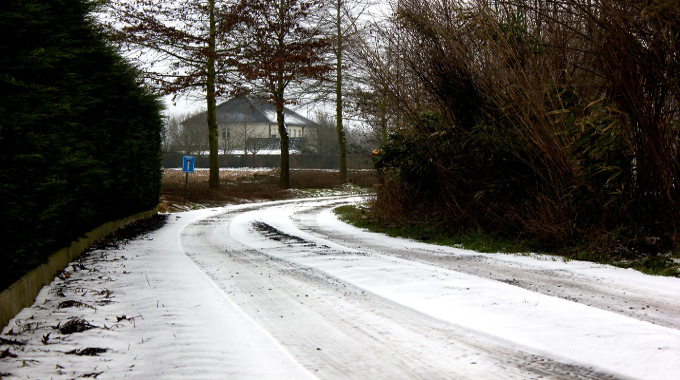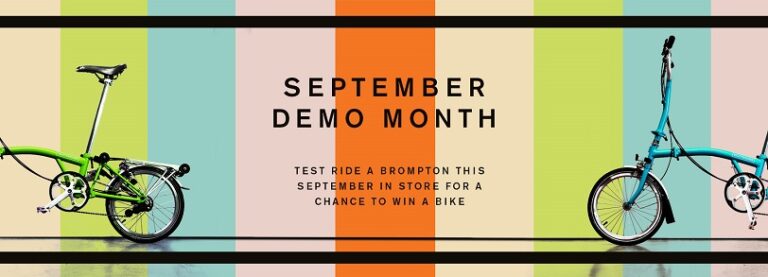Doing your bit for the environment, and getting your fitness fix in a time efficient way – cycling to get around is fantastic. However, worries over safety when riding in traffic and concerns around mechanical failures can stop you getting on the bike.
These worries absolutely don’t need to prevent you from taking to two wheels – and considering the alternatives we certainly wouldn’t advise it! Knowing you’re well equipped with the knowledge and skills required will help you feel more confident on the roads. Here are some essential skills to make sure you’re a happy commuter cyclist.
Know How To Look Over Your Shoulder
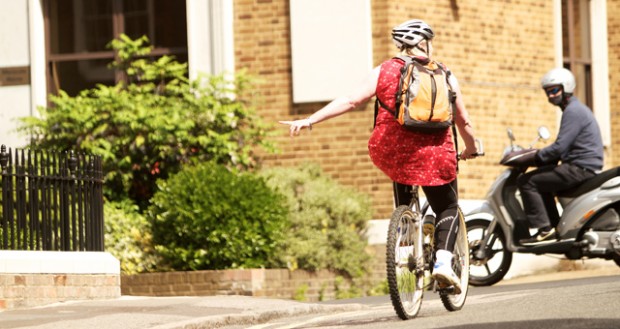
It’s important to learn how to look over your shoulder without your front wheel following your gaze so that you can check what’s coming before making a maneuver. This is trickier than it sounds because your front wheel naturally follows your eye line.
Get some practice in a quiet area as this will help you navigate through traffic safely, without veering off into a car, or lamppost! A great way to do this is to ask a friend to stand behind you, holding up a number of fingers – for you to tell them how many you can see.

